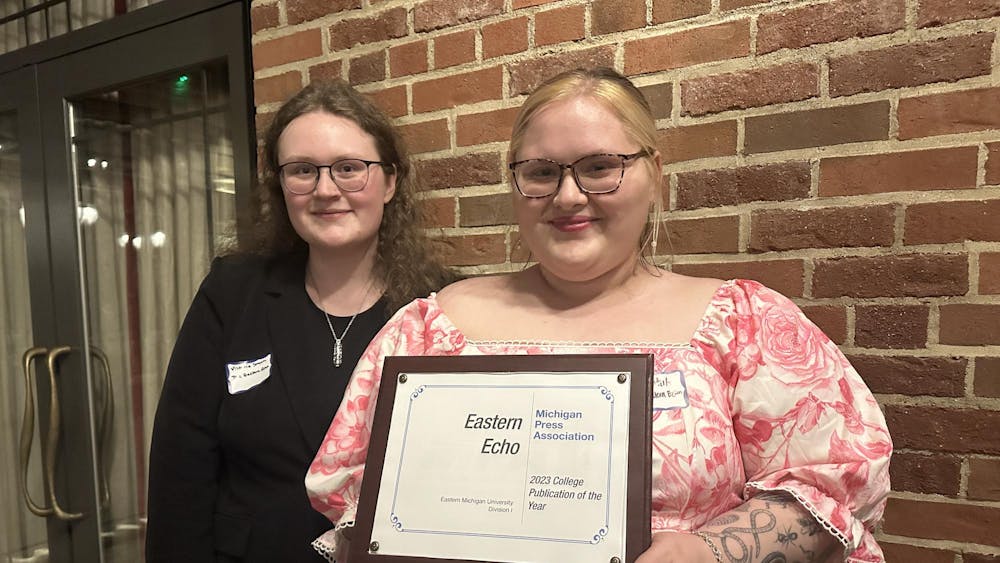There’s been a huge craft movement in the past 10 years. Generations that wouldn’t be caught dead with a knitting needle have children cranking out scarves with a kit available at Toys R Us.
Sewing’s become a legitimate art form and specialty crafts like soap making are having a moment.
Unfortunately, there are still some skills that aren’t mainstream, and one of them is embroidery.
It isn’t even that embroidered items (plain cloth stitched with raised motifs in thick thread) aren’t popular. Designers like Tory Burch have seasonal collections featuring embroidery on everything from tops to espadrilles. Light cotton peasant tops with embroidery are summer staples at stores like Target.
One of the reasons I like embroidery is because it was one of the first real crafts I learned. My mom taught me back in the 1990s when it was still popular. I learned cross-stitch, embroidery done on perforated cloth to make pictures like bunnies and cartoonish-looking children.
I picked it up again about a year ago, falling in love with the idea of sketching with thread. Rich, textured, global-style patterns add pop to pure white cotton, my first background choice. Freehand designs create the kind of fresh, dimensional accent that looks classic but modern.
Even if you don’t like sewing, embroidery is easy and simple. Pick it up and work when you want, and put it down whenever you’re tired with no fuss or cleanup. Carrying thread and a needle takes up almost no room in your bag.
The affordability of the hobby is a bonus. A hoop for keeping the fabric taught will run about $1.50. The threads, while available in variety packs for about $5, are ridiculously fun to choose individually from the craft store’s aisle full of every color imaginable. Individual skeins of thread often go on sale for four for $1, so a good option is to buy a variety pack and supplement with a few individual favorite colors.
A pack of embroidery needles runs about $2.50 but don’t buy regular sewing needles, as the eye is not big enough for the thread’s thickness. A compartmentalized case with plastic cards for winding the threads and keeping them untangled is a must, costing about $7.
Project Steps
- Cut a square of fabric about 12 inches by 12 inches. Separate the wooden hoop into its two components, a solid circle hoop and a screw-closed circle. Place the solid circle on a table, lay fabric over it, then place the screw-closed circle over the fabric, applying pressure to sandwich the fabric between the circles. Tighten the screw to make a taut drum.
- Cut about 36 inches of your chosen thread color. Use your fingernails to gently separate the plies of thread (there are six plies) and make two groups of three plies. Gently and slowly pull these two bundles away from each other, untwisting as you go to prevent tangles. This will take some practice. Set one of the bundles aside for later use.
- Using these three plies as one thread, thread the plies through the needle’s eye. Knot the opposite end of the thread several times to make a solid, rather large knot.
- Try making lines, curves and circles with a basic up-and-down running stitch, or try learning specialty stitches like chain and satin stitch. A good source for tutorials on different stitches can be found at urbanthreads.com/tutorials.aspx?t=Basic Hand Embroidery Stitches.
What you embroider on is totally up to you – pillowcases, plain cotton tops and tote bags are good options, but for learning purposes, pick up a yard of white cotton fabric.









